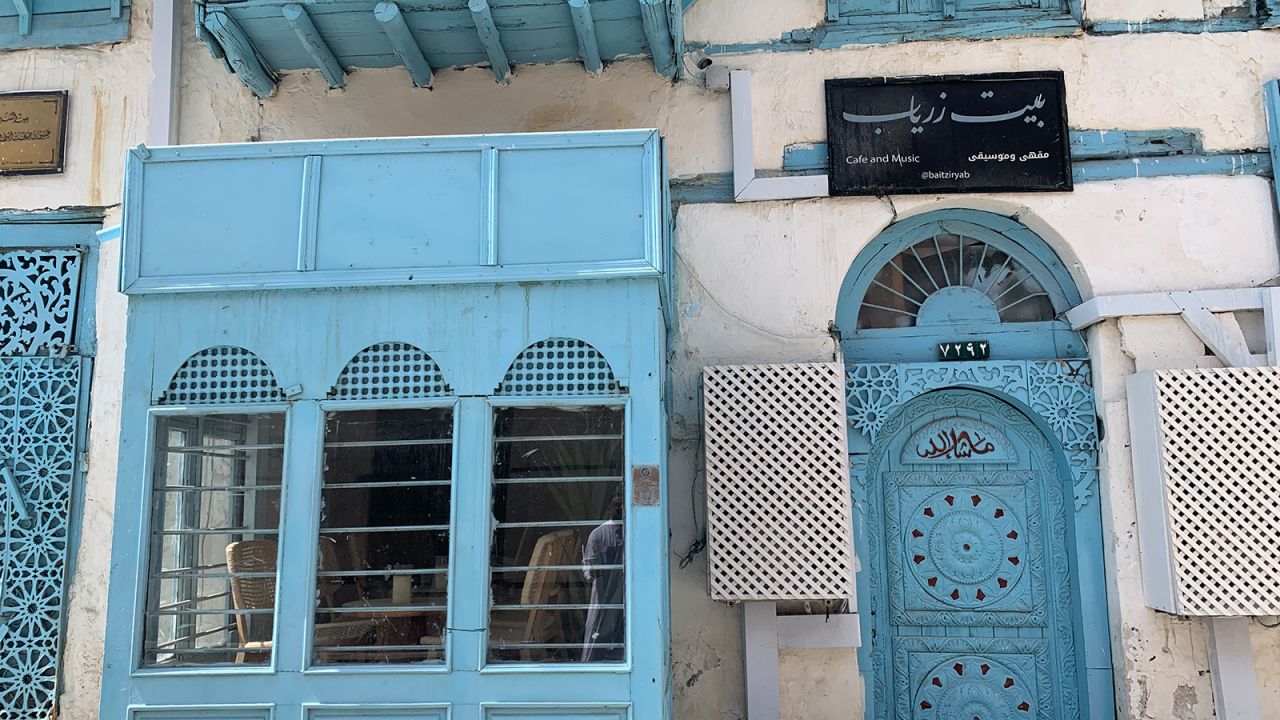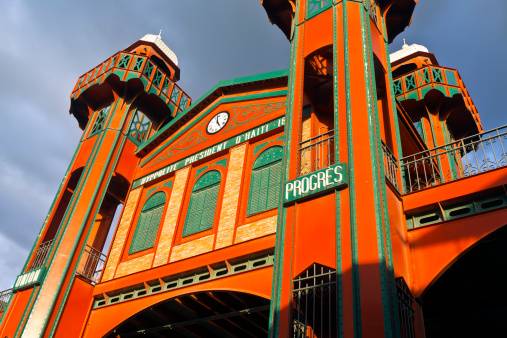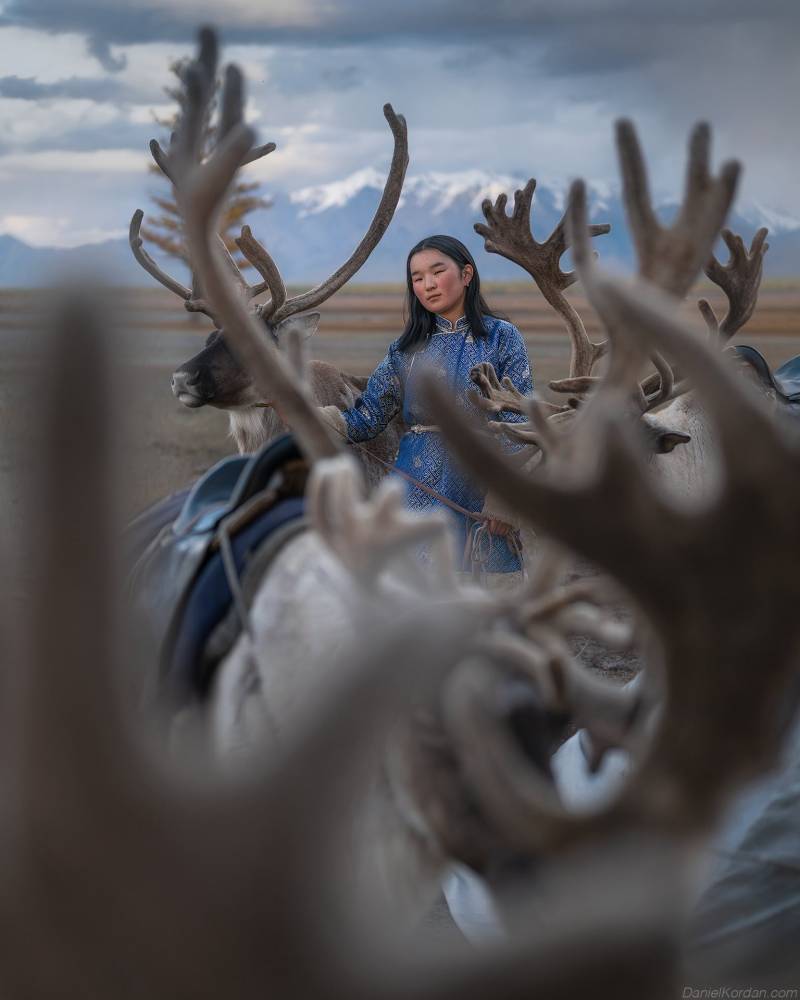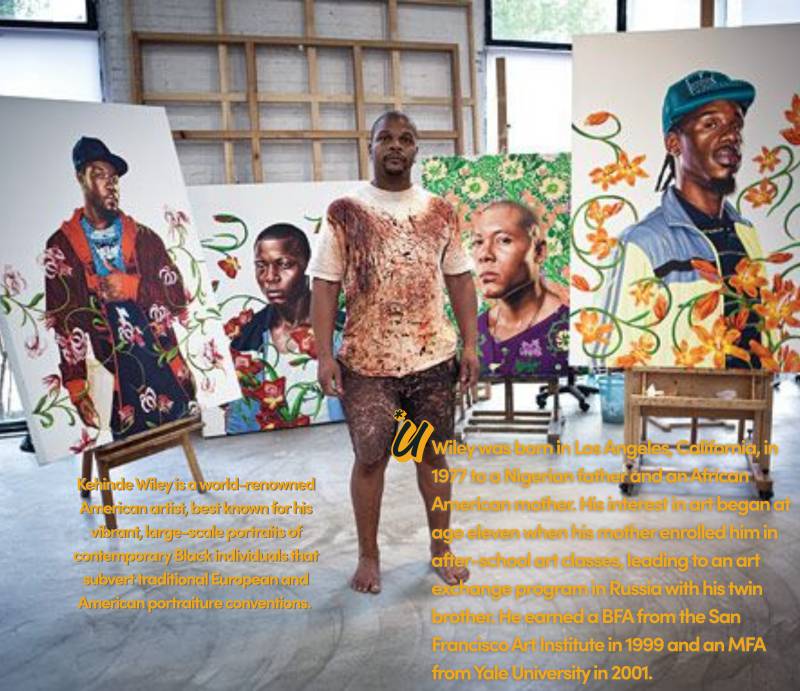These days, Jeddah looks like many other modern cities: busy shopping malls packed with international luxury brands, a thriving café and coffee shop culture, and a walkable oceanfront district where families socialize on the weekends. But the beating heart of this city, Al-Balad, is more than a thousand years old, and it has been immaculately preserved as a reminder of Saudi Arabia’s history – specifically, Jeddah’s role as a key point of entry for religious pilgrims.“Saudi Arabia is one of the most fascinating countries in the world. It’s country of both East and West. It’s a country that is connected to Africa. You see that in Balad,” says Sean Foley, professor of Middle East and Islamic history at Middle Tennessee State University “It’s a place of a unique cultural intersection, kind of almost like Singapore is, or Hong Kong. It’s a port city.” Centuries before the arrival of online travel booking sites and tour buses teeming with selfie stick-wielding holidaymakers, Saudi Arabia’s second-largest city was a bona fide tourism hot spot.
Read Also: Some Interesting Facts About Crocodiles
From the town to the city
One of the most notable features of buildings in Al-Balad – which simply means “the town” in Arabic – is a form of intricate wooden latticework known as rawasheen. These wooden window coverings and balconies weren’t just popular for aesthetic reasons – although many are beautiful, with intricate designs of circles, crescent moons, arrows, or stars and often painted in shades of blue or green. Quite simply, they were practical for desert life. Rawasheen (rowshan, in singular) blocked the worst of the midday sun, while the louvered designs and slats allowed breezes to float through. In addition to being beautiful, these rawasheen – often made with fine materials not local to the area – are examples of Jeddah’s dynamic culture. “What made Jeddah very wealthy was the trade across the Red Sea to Egypt, which was a very big market,” explains James Parry, author of the book “Jeddah Al Balad.” “So, Jeddah’s merchants were like brokers, and they became super rich and they built themselves magnificent houses, decked out in expensive materials, lots of imported teak and mahogany from south of Asia, India, and also some from East Africa.”

For a long period, the city was surrounded by walls. As more and more people moved to Jeddah, space quickly became an issue. One solution was to keep building upward, so there were houses with as many as eight or nine stories. One of the oldest and most famous homes, once owned by a family called Nassif and now owned by the Saudi government and converted into a museum, wasn’t just tall – its interior staircase was wide enough for a camel to tote water up to the top floors. Then, in the 7th century, came a reason to split buildings into multiple homes or rooms: tourists. That was when Caliph Uthman ibn Affan decreed that Jeddah would be the official port for those making a pilgrimage to Mecca, Islam’s holiest site. The second-holiest city, Medina, is also nearby. “Balad and Jeddah in general and the western regions of the Kingdom are unique because of the presence of Mecca and Medina and the hajj,” says Foley. “They have an outward connection to the rest of the world and a very diverse sense of communities.”
What to see
The former home of the Nassif family – the one with camel-wide stairs – is a museum called Bait (Arabic for “house”) Nassif. It’s a favorite place for photo ops thanks to the large tree that grows in front of – and partially through – the building. There are other notable buildings in the neighborhood that should be on a traveler’s list as well, namely Shafi’i Masjid, the oldest mosque in Jeddah, which dates back to the 13th century, and the Bab Makkah, or Mecca gate, which is one of the only remaining sections of the ancient city’s walls.
But perhaps the best thing to do in Al-Balad is the simplest: just go walk around in the warren of slender alleys. The ideal times to visit are in the mornings and early evenings, as many businesses shut down during the hottest hours of the day. If you need a break from exploring, stop in at one of the many coffee shops in the neighborhood. Medd Café & Roastery, with immaculate tile floors and bright fairy lights along its ceiling, has English-speaking staff and tea served in locally made cups. From there, it’s a short walk to the Bait Alhodaif art gallery and artist studios, which is easy to spot with its hand-painted Arabic script in red, blue, and black on the front and a blue door inspired by rawasheen designs.
Balad’s new life
Many locals credit Mohammed Said Farsi, who was mayor of Jeddah from 1972-1986, for rejuvenating Al-Balad. By the time he was elected, the old district was no longer the shimmering jewel it had been in centuries past. Houses were neglected and abandoned. Buildings were unsafe, many lacking electricity or running water. Local families opted to move into modern neighborhoods with air-conditioning and car parking. During one period in the 20th century, many large-scale textile makers took over buildings in Al-Balad. Some of them installed enormous industrial sewing machines that rattled the already-delicate walls all day, exacerbating structural problems.
Farsi came from an old Jeddawi family and was an avid collector of Western art. He devoted city resources to the remaining Al Balad buildings and prevented some from being torn down, Parry says. And Farsi’s leadership paid off. The Al-Balad area was inscribed to the UNESCO World Heritage list in 2014 as Historic Jeddah, the Gate to Mecca. These days, some of the better-preserved buildings have shops, cafes, and other businesses operating on the ground floors. The proprietors may have smartphones and Apple watches now, but there are still rug vendors and spice shops lining the narrow alleyways.

And Al-Balad is still an important meeting place for Saudis but in different ways. MDLBEAST, a music entertainment company, held a music festival called Balad Beast in December 2022. Over two nights, Al-Balad’s old buildings were lit up while acts like Busta Rhymes, Xzibit, and Lupe Fiasco performed alongside some of the Arab world’s biggest musicians. Parry, the historian, and author has been to Jeddah a dozen times but says he always finds himself returning to Al-Balad. “Although there used to be very tall buildings in other cities like Mecca, they’ve largely been taken away now. And it’s only, I think, in Jeddah where when you stand in Al-Balad, that you feel that you’re in a historic place.”



